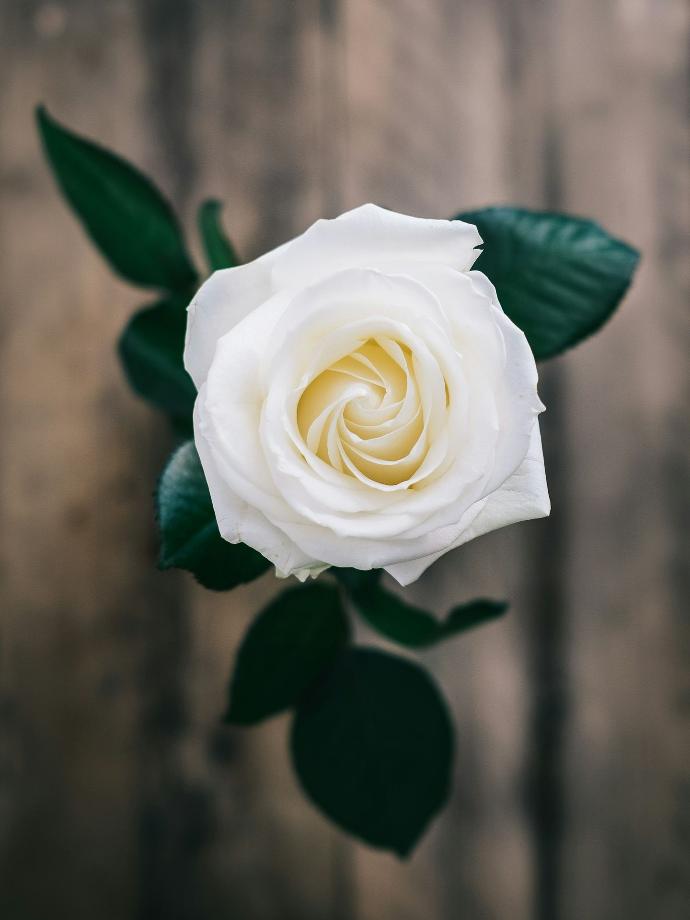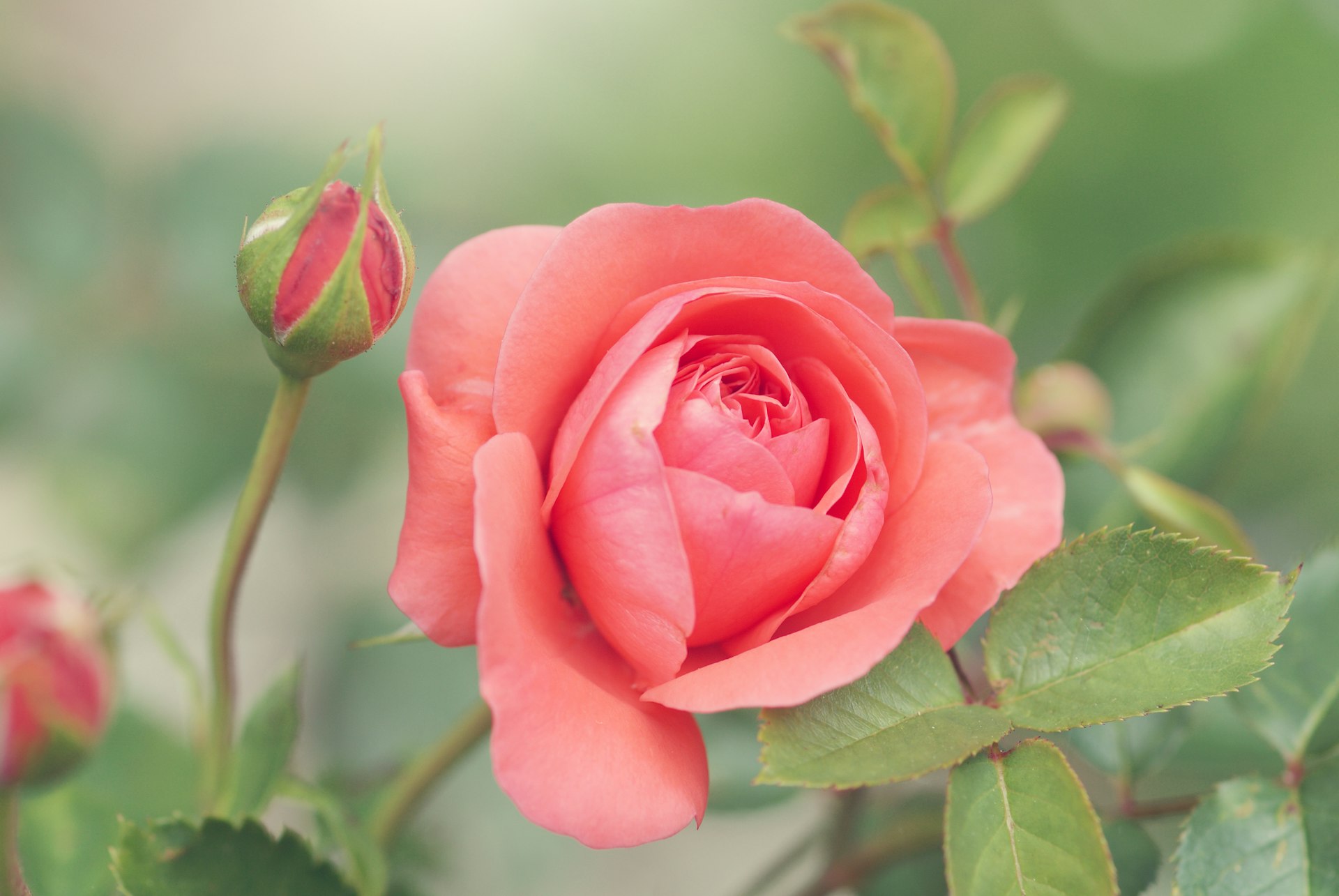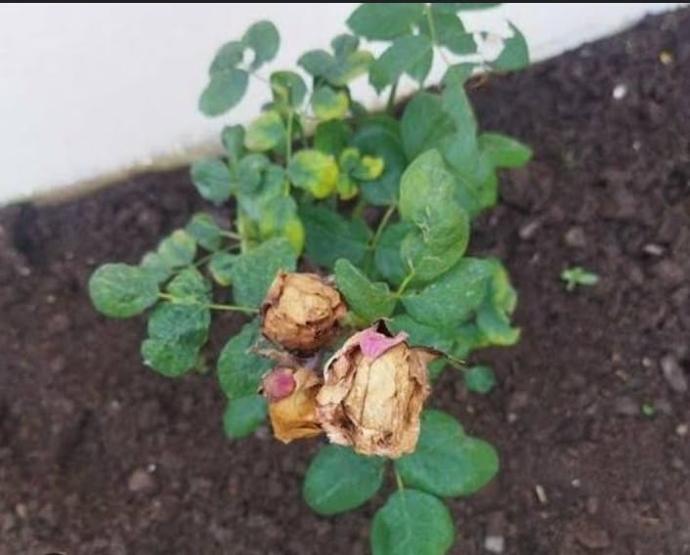Culcutta Rose Plant
Culcutta Rose, a specific plant variety, may have varying care requirements. Generally, provide well-draining soil, appropriate sunlight, and regular watering. Pruning and fertilizing practices may vary based on the specific characteristics of this plant.

Habit
Shrub
Height
2 to 5 m
Growth
Moderate
Soil
Well-drained, loamy, organic
Shade
Full Sun
Moisture
Moist
Edible
Yes [Flowers]
Medicinal
No
Origin
India
Climatic Condition
Warm, humid
Temperature (°)
20 to 30
Humidity (%)
60 to 80
Potting media
Loamy soil mix
Fertilizers
High potassium
Watering
Regular watering
Plant Weight
200 to 500 g
Flowering Time
Spring to Fall
Soil Ph level
5.5 to 7.0
Water Ph level
6.0 to 7.5
Soil EC
0.5 to 1.2
Yield Per Plant
200 flowers per square meter.
NPK ratio
10:10:10
life Span
Perennial
Health Benefits
Fragrant flowers, used in perfumes and herbal medicine.
Suggested Grow Media or Potting Mix ?
50% loamy soil, 30% compost, 20% sand
Suggested Fertigation/Fertilizers
Fertilize every 2 weeks with a rose-specific fertilizer.
Common Diseases and Remedies
Rose Mosaic Virus , Downy mildew .
Browning and wilting of plants. Yellowing of leaves .
Neem oil.
HEALTH BENEFITS
(Rosa chinensis) – Traditionally used in herbal medicine for skin care, digestion, and as an anti-inflammatory. It may also have mild pain-relieving properties.
What Is An Calcutta rose Tree?
Calcutta 300 is a pink tea rose with white stripes and a strong fragrance. This hybrid tea rose is the largest and most popular of all roses. Hybrid tea roses are known for their elegant shape, variety of colors, long, pointed buds, and central flower shape.

How to care for Culcutta rose Plants ?
1. Location
Roses grow in direct sunlight.
2. Sunlight
A rose needs at least 6 hours of direct sunlight per day, preferably in the morning.
3. Hydration
Use soaker hoses or drip irrigation to allow water to rise deeper, but less frequently. Apply directly to the soil, not on the leaf surface. Water daily during hot weather.
4. Soil
Loamy soil is ideal, but too much clay can swamp the roots, while sandy soil will drain before the roots can absorb enough liquid.
5. Nutrition
Feed roses monthly with a balanced fertilizer during the growing season. Example: 10-10-10. You can also use organic fertilizers such as composted manure or fish emulsion.

6. Issues
Diseases: Fungal pathogens, bacteria, and plant viruses are the main causes of rose diseases.
Pests: The most common pests include aphids and sawflies.
What are the Benefits of Banana Plants ?
Rose Water: Rose water obtained from rose petals rejuvenates the skin and helps fight skin problems such as allergies and acne.
Healing Properties: Roses have many medicinal properties, including anti-inflammatory, astringent, diuretic, and antibacterial properties. It can be used to treat skin diseases, eye strain, stress, insomnia, diarrhea, hyperacidity, etc.

FAQs About Growing Culcutta rose
1.What is the best time to plant roses?
The best time to plant roses is in the spring, February to March.
2.Where should I plant roses?
Roses need at least six hours of sun per day and should be sheltered from harsh winds.
3.How much water do rose plants need?
In the first year, roses need 10 liters of water, two to three times a week.
4.What are the basic needs of rose plant?
Roses like sun, adequate moisture, and rich soil.
5.How should I prune rose plants?
Prune roses in the spring after the first bloom is complete. You can also prune lightly throughout the year.
